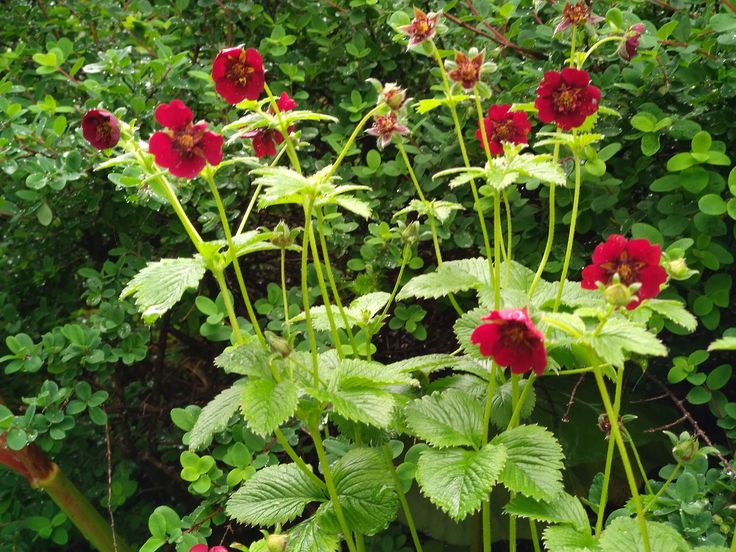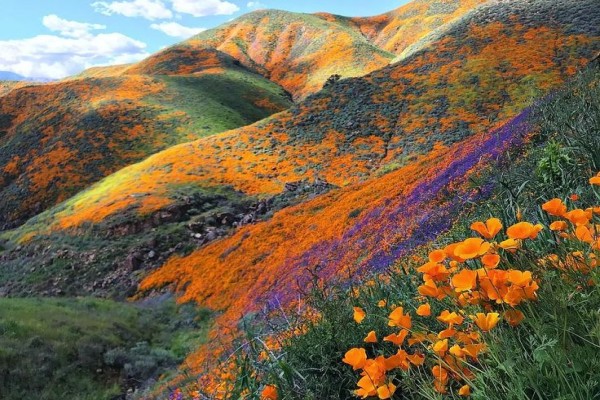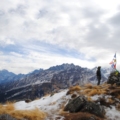My Monsoon Adventure in the Valley of Flowers

Close your eyes and imagine hiking through a sea of wildflowers—blues, reds, yellows, purples, all swaying in the breeze like some kind of nature’s canvas. That’s the Valley of Flowers in Uttarakhand, a place that comes alive during the monsoon months of July and August. As a nature nerd and trekking junkie, this trip through the Indian Himalayas was hands-down one of the best adventures I’ve ever had.
Chasing Blooms in a Himalayan Paradise 🌸
The journey starts in Govindghat, a tiny town hugging the banks of the Alaknanda River. From there, you head to Ghangaria, the last stop before the valley itself. I’ll never forget trekking through those misty forests, the air heavy with the smell of wet earth and wild orchids. Every few steps, I’d spot something new—electric blue poppies, funky cobra lilies, or delicate primulas that looked like they belonged in a fairy tale.
Crossing creaky wooden bridges over streams that roared like they had somewhere to be, and catching sight of birds I’d never seen before, made it feel like I’d wandered into a hidden world. The Nanda Devi National Park in the background only added to the surreal vibe—like nature was showing off just for me.
When to Plan Your Trip
- Sweet Spot: July to August. Mid-July to early August is when the flowers are at their peak, turning the valley into a rainbow.
- Pass On: June, when snow’s still clogging the trails, or September, when the blooms start to fade.
- Insider Tip: Get an early start. The mornings are clear, and you’ll beat the afternoon rains that can make trails a bit dicey.
The Trail & What to Bring
The Route in a Nutshell
- Kickoff: Govindghat
- Govindghat to Pulna: Catch a shared jeep to save your legs for the real hiking.
- Pulna to Ghangaria: A 10 km trek through jaw-dropping scenery.
- Ghangaria to Valley of Flowers: A 4 km hike (one way) to the floral wonderland.
- Extra Adventure: If you’re up for it, tack on a steep 6 km climb to Hemkund Sahib from Ghangaria.
Stuff You Can’t Forget
- Waterproof trekking shoes (the trails get slick, trust me)
- A raincoat or poncho for those surprise showers
- A backpack with a waterproof cover
- A reusable water bottle to keep you hydrated
- Warm layers for chilly nights
- Trekking poles to keep you steady
- A power bank, flashlight, and a small first-aid kit for peace of mind
Tips to Make It Epic 🧳
- Start Early: Morning treks mean clearer skies and less mud to deal with.
- Pack Food: There’s nowhere to grab a bite in the valley, so bring snacks or a sandwich.
- Bunk in Ghangaria: No camping’s allowed in the valley, so plan to stay here.
- Get Your Permit: You’ll need a Forest Entry Pass from Ghangaria—don’t skip this.
- Tread Lightly: This place is pristine, so no littering, and leave the plastic at home.
Staying Safe ⚠️
- Watch Your Step: Rain makes the trails slippery, so good shoes and slow steps are key.
- Ease into the Altitude: Ghangaria’s at about 10,000 feet, so take it easy to avoid feeling woozy.
- No Signal, No Problem: Mobile service is spotty, so don’t rely on your phone.
- Be Ready for Rain: Monsoon weather can flip fast, so always have rain gear handy.
Why This Place Steals Your Heart

Whether you’re a hardcore hiker or just someone who loves a good view, the Valley of Flowers is pure magic. It’s not just about the flowers—it’s the whole vibe: standing in the middle of the Himalayas, surrounded by untouched wilderness, with butterflies fluttering around like they’re giving you a tour.
Final Thoughts + Let’s Swap Stories! 💬
This trek wasn’t just a checkmark on my list—it was a memory I’ll carry forever, full of green hills and golden moments. If you’re itching for a monsoon escape, you’ve gotta add this to your plans.
Have you been to the Valley of Flowers? Got a monsoon trek on your radar? Drop a comment with your stories or questions,
📌 Follow Destinatinguruji on Instagram and Facebook [@destinationguruji] for more travel stories and real-time updates.
🌐 For more visit my website :- exploremountains.com



